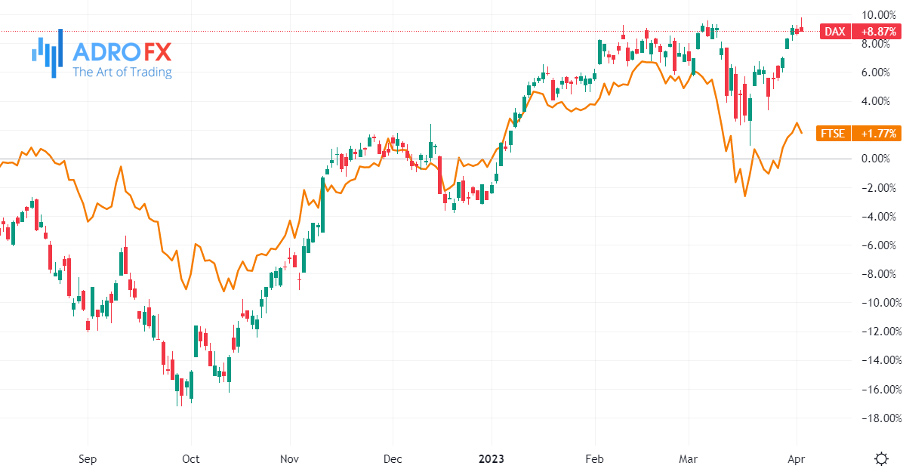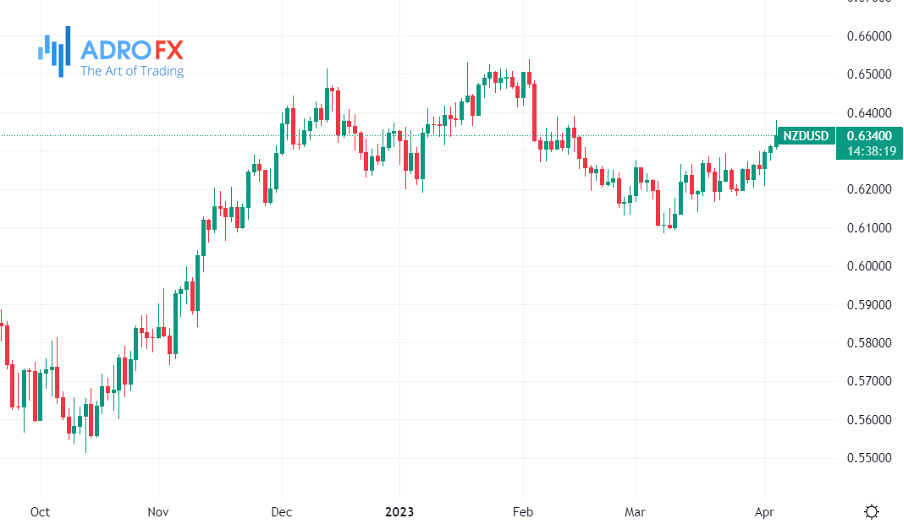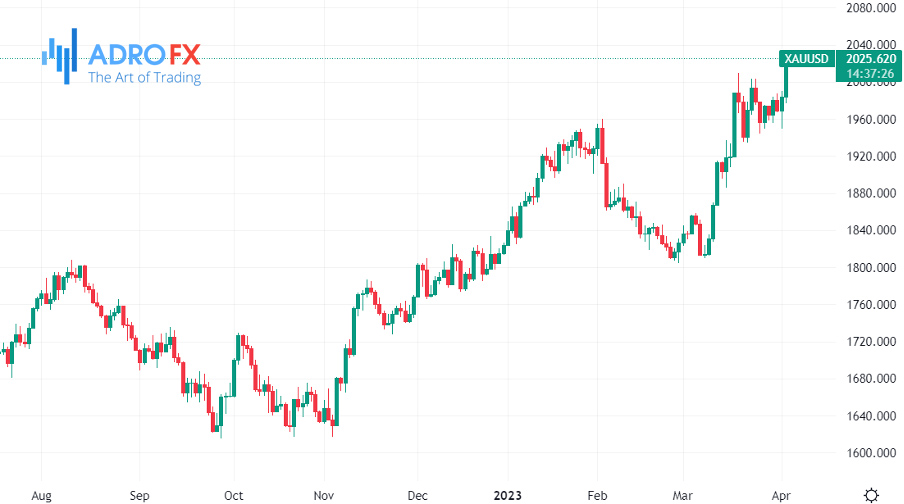Market Concerns Intensify As Economic Data Points to Potential Manufacturing Slowdown

Key events:
- New Zealand – RBNZ Interest Rate Decision
- New Zealand – RBNZ Rate Statement
- UK – Composite PMI (Mar)
- UK – Services PMI (Mar)
- USA – ADP Nonfarm Employment Change (Mar)
- USA – ISM Non-Manufacturing PMI (Mar)
- USA – Crude Oil Inventories
The economic data that has been observed this week indicates a potential slowdown in the manufacturing sector, which is causing a negative impact on equity markets despite declining yields. Investors are closely monitoring central bank announcements for any indications of a pause or reversal in recent rate hikes.
During yesterday's European market session, both the DAX and FTSE100 initially rose but eventually declined from their intraday highs due to concerns about weak US data and potential signs of weakness in the US economy.

The recent decline in US JOLTS vacancies data has caused US yields and stocks to plummet, ending four days of consecutive gains and raising concerns about a potential recession.
In Asia markets, the unexpected 50bps hike by RBNZ (instead of the widely expected 25bps) has caused a divergence from other central banks that appear to be slowing down or pausing their rate hiking cycles.
Following the unexpected hawkish decision by the RBNZ, the New Zealand dollar surged against the US dollar. The pair has now reached its highest levels since mid-February, and there is potential for it to continue its upward momentum beyond the 65 cents level.

While concerns over recession in the manufacturing sector continue, there has been a steady improvement in services over the past few months, despite rising prices. Services activity has been increasing in the US, Europe, and the UK, while energy prices, including petrol and natural gas, have been falling, giving consumers more disposable income.
March services numbers are expected to show a significant pick up in economic activity since the end of last year, with improvements expected in Italy, Spain, Germany, and France, although France may see some negative impact due to recent social unrest.
All eyes are on today's March services ISM survey, particularly on the prices paid and employment components, which slowed sharply in the manufacturing survey. The headline services ISM is expected to slow, and any significant slowdown could indicate a loosening in the US labor market, but with jobless claims still below 200k, any potential slowdown may take some time to manifest. Friday's non-farm payrolls report will also be closely watched.
Apart from that, the ADP report released today is anticipated to show approximately 208K new private job additions in the US for the previous month. If the data indicates weakness, it may be welcomed by the Fed doves and could result in a further decline in US treasury yields. Conversely, if the ADP report shows stronger-than-expected job additions, it may draw the Fed hawks back to the market.

Meanwhile, gold has reached a fresh year-high above $2000 per ounce, driven by falling US yields and a broadly weaker US dollar. This is not the first time gold has traded above the $2000 level, having done so during the pandemic and in the early days of the Ukrainian war. With banking stress and prospects of economic slowdown and softer Fed policy, the next natural resistance for gold stands at the all-time high of the $2070/2075 range. The important questions are whether gold can break its record and whether it can sustainably consolidate gains above $2000. While there is no answer to these questions, the latter is more crucial for long-term investors. If the $2000 support holds, gold could potentially enter a new era of strength.









